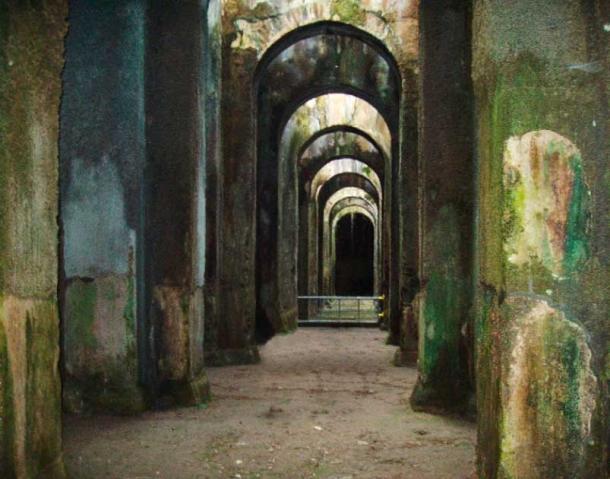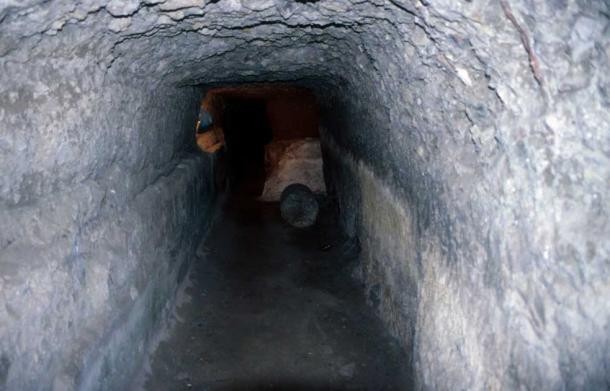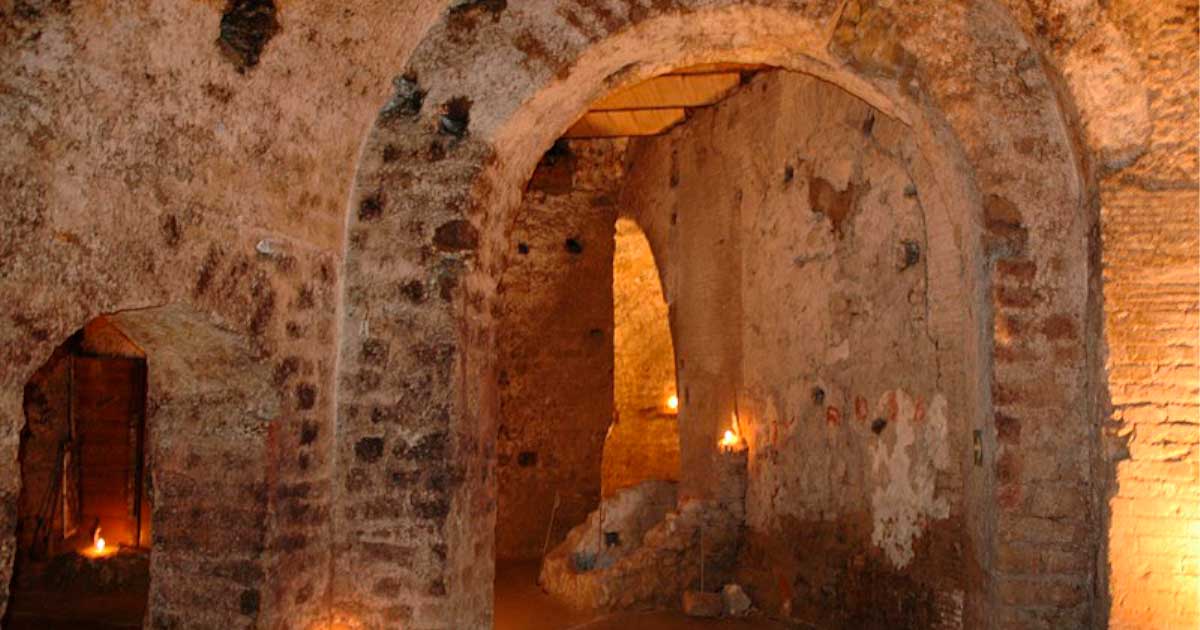Naples’ Hidden Ancient Aqueducts Could Save the City from Unbearable Heat
The modern city of Naples lies on some extremely historical waterways, some over 2,000 years old. Scientists heading a novel project in contemporary urban spaces suggest that these historical water networks may provide some relief from climate change. As Europe and the Western hemisphere are repeatedly being exposed to some of the hottest temperatures ever witnessed in human history in these parts, with one particularly life-threatening heat wave after another, these ancient constructions might provide an answer to modern woes.
Reworking and Reusing Ancient Waterways: The Cool City Project
Naples is home to some of the most complex aqueduct systems in the world, including the Aqua Augusta or Serino Aqueduct. Over the last few years, scientists, architects, and design students from Italy and the United States have been collaborating on an initiative called the Cool City Project.
This project aims to look at contemporary cities with ancient waterway networks, both above and underground, and to see how these can be utilized in subverting the climate change process, reports NBC News. The teams working on these cities are utilizing the best modern technology - particularly laser technology - to map hidden water networks.

Tourists in Roman-era tunnels located underneath Naples, Italy. (Neil Howard / CC BY-NC 2.0)
"Naples is sometimes called the capital of the midday sun because of where it's located in the south of Italy," said Nick De Pace, an architect and professor at the Rhode Island School of Design. "It's a dense city in an area that is already dealing with geothermal heating. And then on top of that, you have climate change."
- Ancient Journeys: What was Travel Like for the Romans?
- Naples Necropolis Reveals Room-Like Tombs and Rare Greek Art
He further explains that there are waterways from as far back as ancient Greek times, when that culture proceeded the Romans in this area. Over time, this foundation helped facilitate streams and other waterways that helped guide the watershed. They’ve found the water to not be refuse or sewage and possibly just simple tweaks could facilitate a reuse model for cooling the city, rather than discarding it as wastewater.

The main cistern filled by the Serino aqueduct in Naples is the Piscina Mirabilis in Misenum. Source: CC BY-SA 3.0
The Urban Heat Island Effect
Cities are particularly vulnerable to climate change and Naples is no exception, especially with its particular set of socio-economic factors. "Naples is historically a relatively poor city with high levels of unemployment, and it's also a place that is expected to experience two to three months of extreme heat by the middle of this century. This is a city seriously at risk,” said De Pace.
Since concrete absorbs far more heat than trees, plants, and water, which are cooling agents, De Pace and his team seriously believe that a reworking of public policy and diversion of funds could be gamechangers. This includes creation of public parks, reintroducing fountains, which can all be run and watered from the waterways lying in disuse underneath the ground, according to a report on Yale Climate Connections.
"Daylighting portions of a canal could have a cooling effect in the summer, just like how you can feel a cooling effect from basements," De Pace said. "Then, you can also divert some of that water to new green spaces in the city where you have plants and other things to cool things down."
Cities suffer from a phenomenon called urban heat island effect, which is a vicious cycle where the concrete not only absorbs heat faster, but also re-emits the sun’s heat. Urban areas thus become ‘islands,’ with daytime temperatures rising 1–7°F higher than temperatures in outlying areas and night time temperatures are about 2-5°F higher.
The most at-risk groups are young children and old people, and those from minority groups and disadvantaged communities – several of these vulnerable groups are present in Naples, and no public policy measures are in place to protect them.
What is a particular shame is that Naples is a city next to the sea (the Mediterranean) without any access to it. Most of the city’s oldest aqueducts are underground and hidden beneath buildings and roads. With the advent of the Industrial Revolution, which impacted much of Western Europe earlier than the rest of the world, Italy’s landscape was significantly altered from around the 19th century onwards.
- Ingenious Pre-Incan Hydrologic System Could Stabilize Modern Water Supply in Peru
- Climate Change Did Not Cause the Demise of Neanderthals
Waterways were diverted for irrigation to feed the newly emerging populations, and canals were covered and built over. Private industry took over the seafront, and recklessly created systems that damaged the environment in favor of profits. By the time of the 20th century, Naples and its residents had a completely different relationship with water, according to Alexander Valentino, an architect and Cool City collaborator who is based in Naples.

View down a subterranean aqueduct, Naples. (Tyler Bell / CC BY 2.0)
For now, the work in Naples will provide a blueprint for the future for other cities. De Pace and his colleagues have been hosting workshops throughout Naples with ordinary residents, in an effort to raise awareness. He will be joined by a group of students next year for more field work, whose involvement has been delayed because of the pandemic. He firmly believes that the solutions are simpler than we think.
Top image: Serino Aqueduct arches in the basement of Via Arena, Naples. (Tremej / CC BY-SA 4.0)
By Sahir Pandey
References
Berg, N. 2022. How ancient waterways could be tapped to cool scorching cities. Available at: https://www.fastcompany.com/90736059/how-ancient-waterways-could-be-tapped-to-cool-scorching-cities.
Chow, D. 2022. Researchers think a key to cooling cities lies in Naples' ancient aqueducts. Available at: https://www.msn.com/en-us/weather/topstories/researchers-think-a-key-to-cooling-cities-lies-in-naples-ancient-aqueducts/ar-AA12FP83?ocid=weather-verthp-feeds.
O’Neill, T. 2022. Historical Aqueducts in the Bay of Naples. Available at: https://www.archaeoreporter.com/en/2021/01/03/historical-aqueducts-in-the-bay-of-naples/.
YCC Team. 2022. Scientists map hidden waterways under Naples. Available at: https://yaleclimateconnections.org/2022/09/scientists-map-hidden-waterways-under-naples/.




















Comments
Indeed, Truth & Trust - that what human beings need to get progress.
Talking about the reusing, guess it can transform cities into a self-sufficient systems. (Sorry, I only heard about the Cool City pr.).
But guess that this system would become much more useful with the unlocking scientific and practical use of water.
Ø
Truth must come first. Then we’ll find solutions to all problems.
Nobody gets paid to tell the truth.